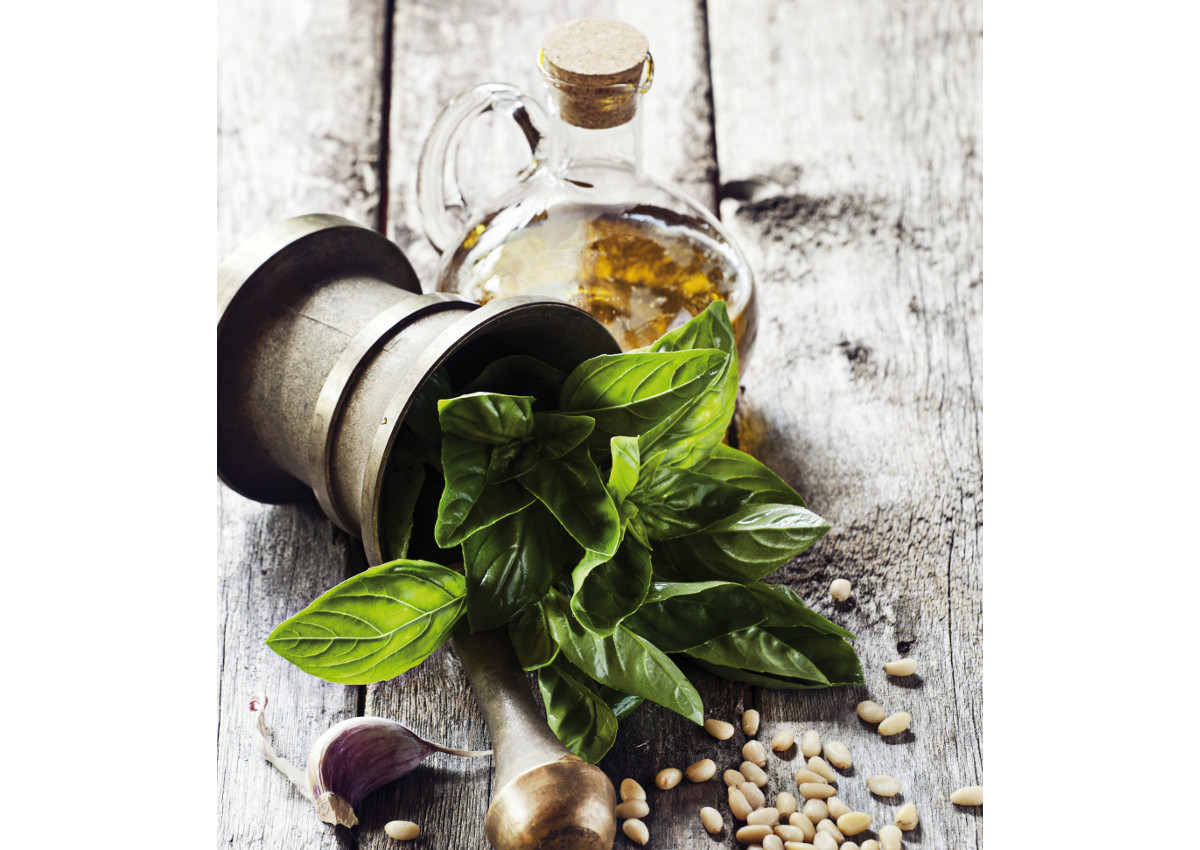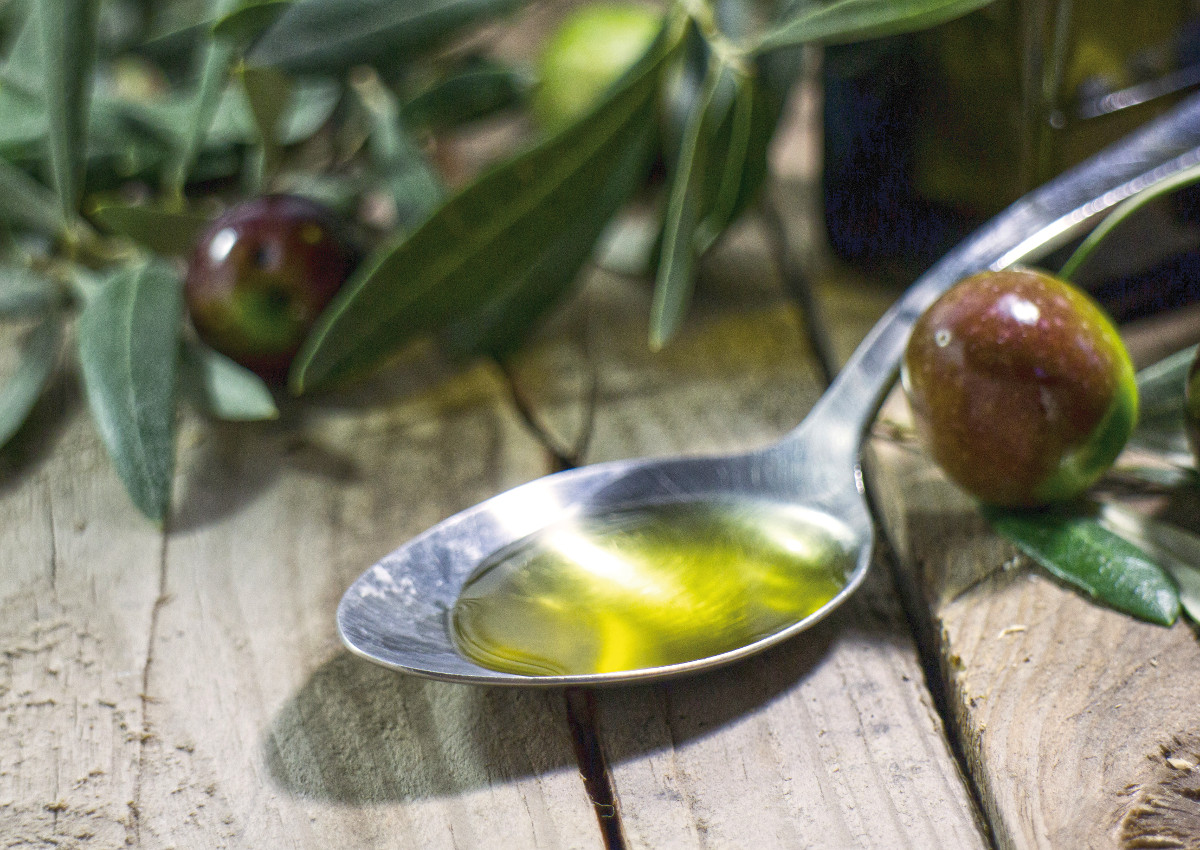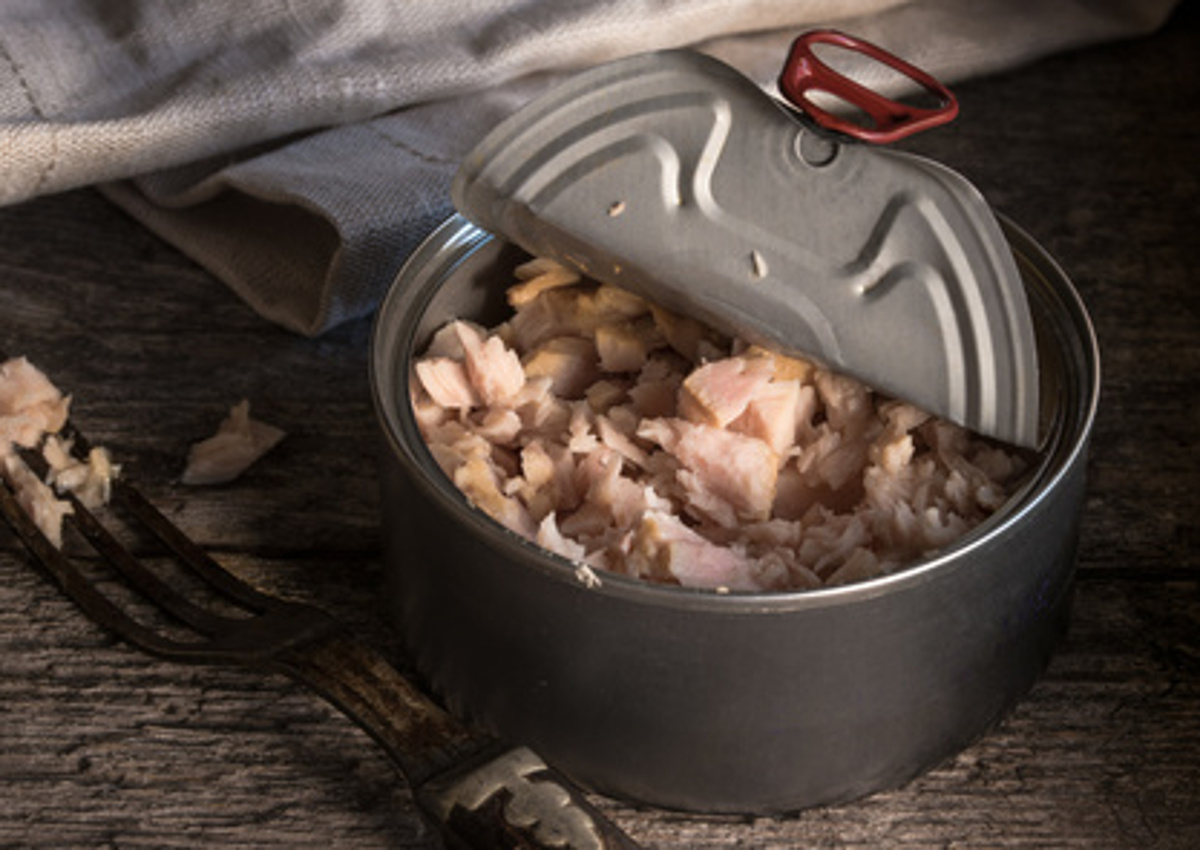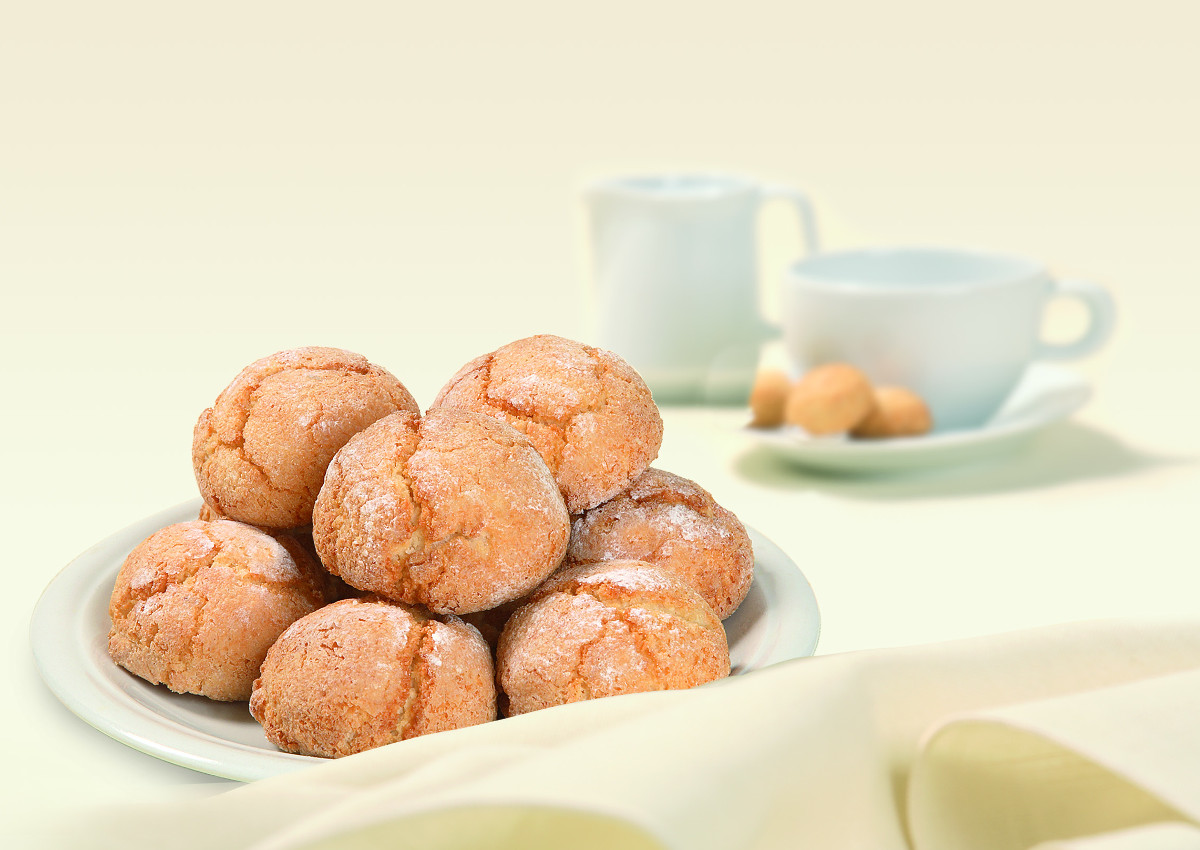
Liguria is a strait crescent embracing the Gulf of Genoa, surrounded by forest-covered mountains and the sea, with cliffs sprinkled with picturesque towns and terraces. It is a terrain abounding in aromas and colours, from the soft green of the famous basil, to the infinite nuances and fragrances of the floricultural crops. It is the land of gourmand flavours, such as the exquisite extra virgin olive oils and preserves, as well as refined products, like wines and pastries. Despite the few cultivated areas, the agricultural sector is lively. Exports are a significant reward for it. In 2016, the trend for this segment was +4%, with 360 million euro of exported goods. Only Imperia and its provinces registered a decline (106 million euro, -1.6%), while Genoa (201 million, +6.7%), Savona (32 million, +7.7%), and La Spezia (21 million, +1.9%) have experienced an increase. As for PDOs and PGIs, Savona is among the first Italian provinces (ranked 9th by ISMEA) in terms of economic impact in the fruit and vegetable sector, while Imperia is ranked 2nd in the olive oil sector. Wines are among the most popular products abroad. In 2016, the value of exports has virtually reached 13 million euro.

Pesto alla Genovese
Basil, pine nuts, garlic, Pecorino cheese, Parmigiano Reggiano, extra virgin olive oil, and salt are the rudimentary ingredients to create the Genoese Pesto, one of the most popular sauces for Italians, which has applied to become a UNESCO Immaterial Cultural Heritage. It is very easy to prepare at home, as long as you have the right ingredients. For an accurate preparation you will have to use the Genoese basil PDO, the Riviera Ligure Oil PDO (widely exported abroad), and maybe garlic of Vessalico. Following tradition, the ingredients are hand-crushed in a mortar until they turn into a cream (the word “pesto”, in fact, means “mixture”), even if a blender is often used for domestic preparations.
Trofie and testaroli, the pasta shapes for pesto
Good pesto must be served with a good pasta shape. The most common one is trofia, or trofietta, a durum wheat pasta that can be easily found on the market both in fresh and dried versions. A few centimeters long, trofia has a tapered and twisted shape, while its rough and porous texture allows sauces to stick very easily. Testaroli is another shape that, despite being hard to find, is commonly associated with pesto. A mixture of wheat flour and water with a batter-like consistency, similarly to waffles, it is cooked on a special plate. The result is a disc, which is then cut into squares or diamond shapes. The porosity of its texture allows to absorb sauces, making them perfect with pesto alla genovese, and, in general, flavourful sauces.

Taggiasche Olives
Taggiasca is a cultivar, named after Taggia, a small town in Ponente Ligure, for which a PDO certification request has been submitted to the European Union that is still pending. Taggiasca olives are brownish, small and fleshy, fruity and aromatic. These olives mainly owe their fame to the high quality extra virgin olive oil, however, they are also used in many traditional recipes. Taggiasche win over more and more consumers in the market, in the varieties with brine and in oil, or coming in preparations, such as seasonings and paté.
Anchovies in salt of Mar Ligure PGI
This PGI product was created to protect fishing and processing methods dating back centuries. Even today, anchovies are fished with the traditional “lampare”, a night-fishing technique attracting fish with a lamp light. These anchovies are then hand-processed and left squashed and under salt to season for 40 to 60 days. They distinguish themselves by their size of between 12 and 20cm, and by their sapid and non-greasy flavour that makes them particularly appealing to the palate and versatile in the kitchen.

Riviera Ligure, extra virgin PDO
This PDO encompasses three additional geographic references, namely Riviera dei Fiori, Riviera del Ponente Savonese, and Riviera di Levante. The Riviera Ligure is considered an excellent extra virgin oil that is loved for its sweet taste, in the face of a high oleic acid content. As evidenced by data of the Consortium of Riviera Ligure PDO, about 6,765 quintals of PDO oil (with an increase of 138% over the previous campaign) were marketed in 2015, marking a radical demand for this product.
Bakery products
When travelling to Liguria, particularly to Genoa, it is impossible not to bump into bakeries or “focaccerie” specializing in the production of the typical street food of this region, the focaccia. The classic Focaccia Genovese is a kind of squeezed, rectangular bread that is shined with EVO oil, water, and salt during the leavening. The Focaccia di Recco with PGI cheese is produced in the metropolitan area of Genoa. In this case, the unleavened dough is spread in two thin sheets, in between which soft cheese is sprinkled. When cooked, these flakes are crisp and friable on the surface and soft on the inside.

Amaretto di Sassello
Originating from a municipality in the province of Savona, the Amaretto di Sassello is softer and crumblier than both, the classic Amaretto di Saronno and the Piedmontese version. The recipe dates back to the nineteenth century, but every pastry shop in the area of Savona swears to have a different secret version. The basic ingredients are sweet almonds, albumen, sugar, and apricot kernels. In the original version, written by Pellegrino Artusi, the almonds are crushed in the mortar. It is instead the whipped albumens that bestow the softness onto the Amaretto di Sassello. If necessary, the basic measurements can be increased by adding more egg white to create very soft dough. Once they have been baked, the biscuits are sprinkled with icing sugar, left to cool down before being served.
The wines
In the oenological sector, Liguria puts forward eight CDOs and four PGIs, including the Colli di Luni Vermentino, the Riviera Ligure Pigato, the Rossese di Dolceacqua, the Ormeasco of Pornassio. The Cinque Terre Sciacchetrà, a particularly precious wine, that was once reserved for celebrations and festivities, is a raisin wine that provides a minimum aging of 12 months, turning into 36 for the Riserva version.
